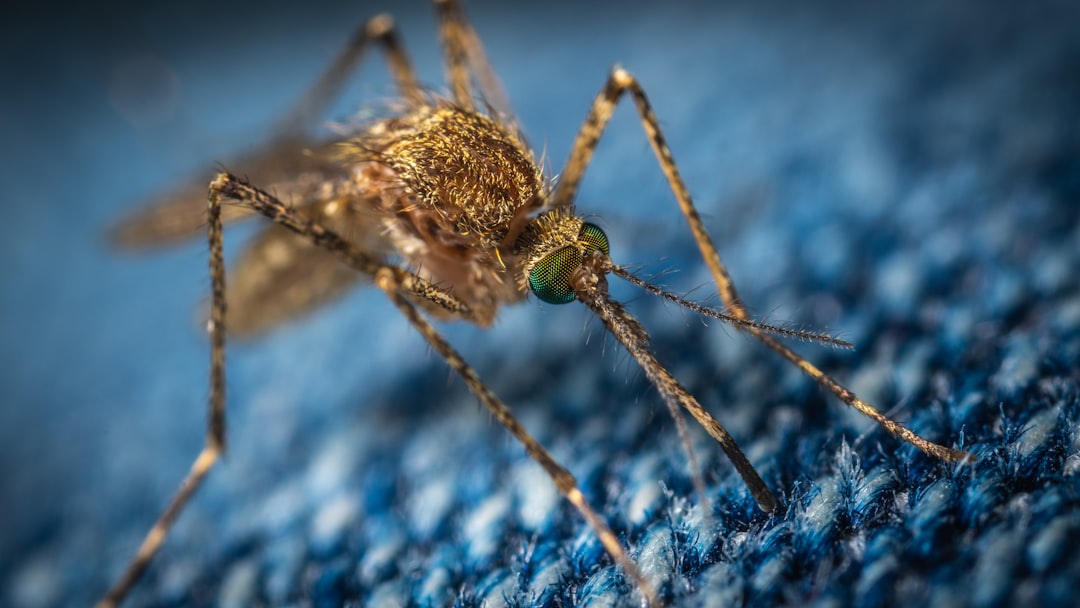What is it about?
The mammalian inner ear uses sensory hair cells and neurons for both auditory and vestibular function. This paper systematically elucidate how a small group of cells within otic ectoderm are induced to become neurosensory progenitor cells, which later develop into functional hair cells and neurons.
Featured Image

Photo by Mark Paton on Unsplash
Why is it important?
We demonstrate that a set of key inner ear neurosensory-specific transcription factors interact with chromatin remodelers to promote initial neurosensory fate specification. This article identifies DNA elements that mediate the activity of transcription factors and chromatin regulators to instruct sensory or neuronal-cell specific gene expression program, thus providing for the first time a rich resource of genomic sites with regulatory potential and also a ‘temporal’ clue for the activities of these sites.
Perspectives
Hearing loss is the most frequent sensory defect in humans and about one in 1,000 children is affected by severe deafness at birth or during early childhood. This article has broad implications for understanding of how neurosensory cell identity is defined and maintained in the inner ear, which is critical to prevent human pathologies and to eventually consider the possibility of regenerating these cells to restore hearing loss.
Pin-Xian Xu
Read the Original
This page is a summary of: Chromatin remodelers and lineage-specific factors interact to target enhancers to establish proneurosensory fate within otic ectoderm, Proceedings of the National Academy of Sciences, March 2021, Proceedings of the National Academy of Sciences,
DOI: 10.1073/pnas.2025196118.
You can read the full text:
Contributors
The following have contributed to this page










